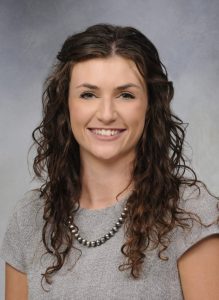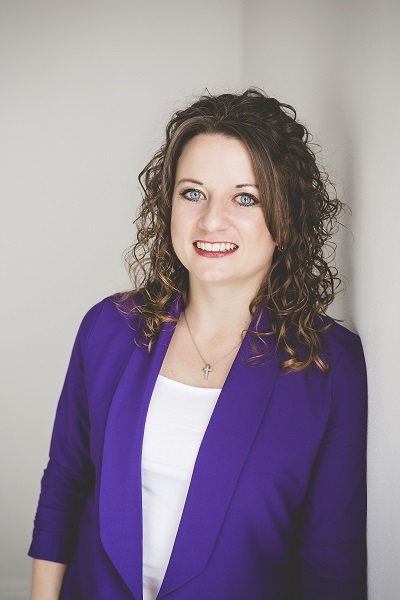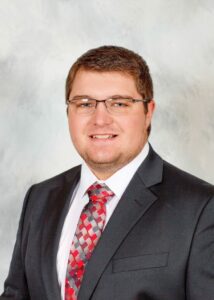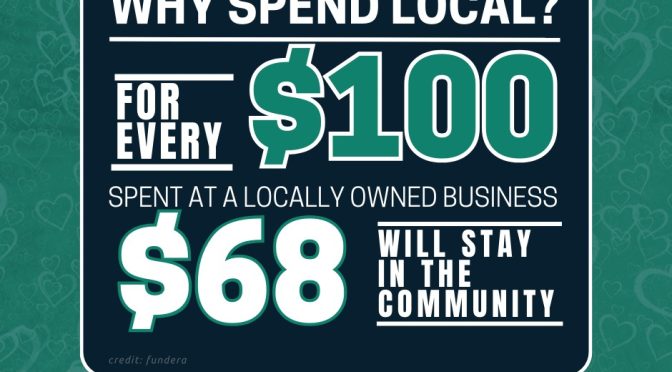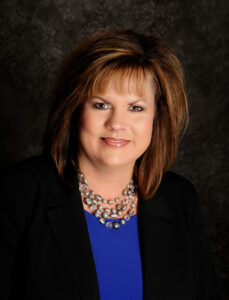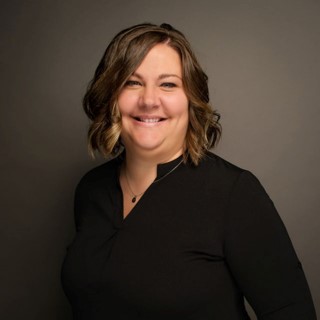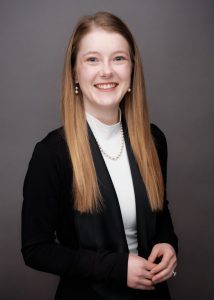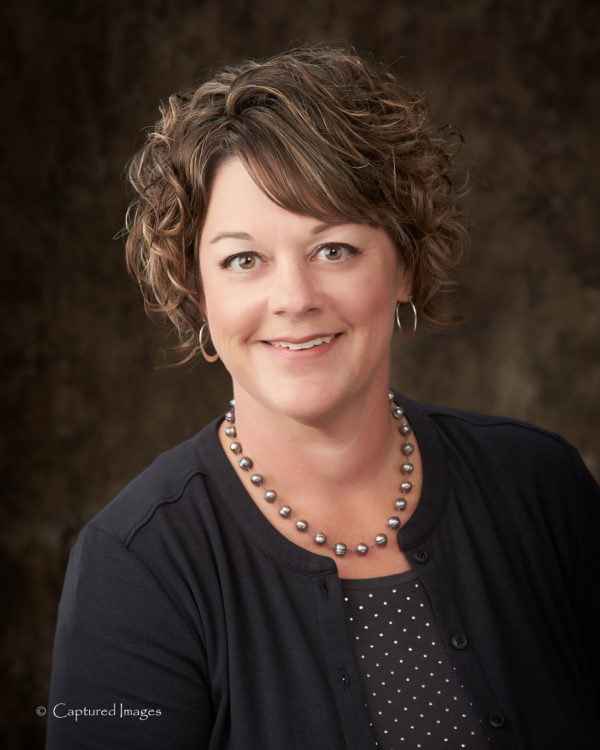
District Extension Agent, Horticulture
Southwind Extension District
111 S. Butler
Erie, KS 66733
Office: 620-244-3826
Cell: 620-496-8786
It is that time of year again when the potential exists for icy streets and sidewalks. Ice melting products can help keep us safe while walking and driving. However, these products vary in their ice melting abilities and their safety.
Some deicers corrode metal, causing damage to cars and aluminum siding. Deicers can accelerate the freeze-and-thaw cycles and damage concrete sidewalks and driveways, and some can even damage nearby plants and shrubs.
There are five main materials that are used as chemical deicers: calcium chloride, sodium chloride, potassium chloride, urea and calcium magnesium acetate.
Calcium chloride has long been the traditional ice-melting product of choice. It will melt ice to about -25°F. Plants roots can be damaged by calcium chloride if used in excessive amounts. The downfall to this product is that it forms a slippery, slimy surface on concrete and it can actually cause damage to concrete and metal surfaces.
Sodium chloride, also known as rock salt, is effective on ice to about 12°F and is the least expensive de-icing material available. But, it can damage soils, plants, metals and concrete.
Potassium chloride is another deicing product, but it can cause serious plant injury when washed or splashed on foliage. Its minimum working temperature is about 20°F.
Urea is a fertilizer that is also used to melt ice and is effective to about 21°F. Since it is a fertilizer, it will not damage plants. Remember when using urea to be considerate of the potential for surface water runoff.
Calcium magnesium acetate is made from dolomitic limestone and acetic acid (the main compound of vinegar). This product works differently than the other materials in that it does not form a brine like salt, but rather helps prevent snow particles from sticking to each other or the sidewalk or the road. Calcium magnesium acetate has little effect on plant growth or concrete surfaces. It is a little slower to melt ice, but is effective to 20°F.
Limited use of any of the mentioned products should cause little plant injury. Problems happen when they are used excessively and there is not adequate rainfall to wash or leach the material from the area.
The symptoms of salt damage on plants include poor or stunted growth in the spring, dieback on evergreens and marginal leaf browning or leaf scorch on deciduous trees and shrubs.
Ice melting products are most effective when they are spread thinly and evenly over pavement prior to ice formation. It is much easier to prevent ice from forming than to try to melt away a thick layer of ice.
Krista Harding is a K-State Research and Extension Horticulture agent assigned to Southwind District. She may be reached at [email protected] or 620-244-3826.
K-State Research and Extension is an equal opportunity provider and employer.

